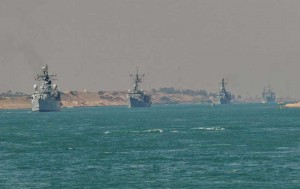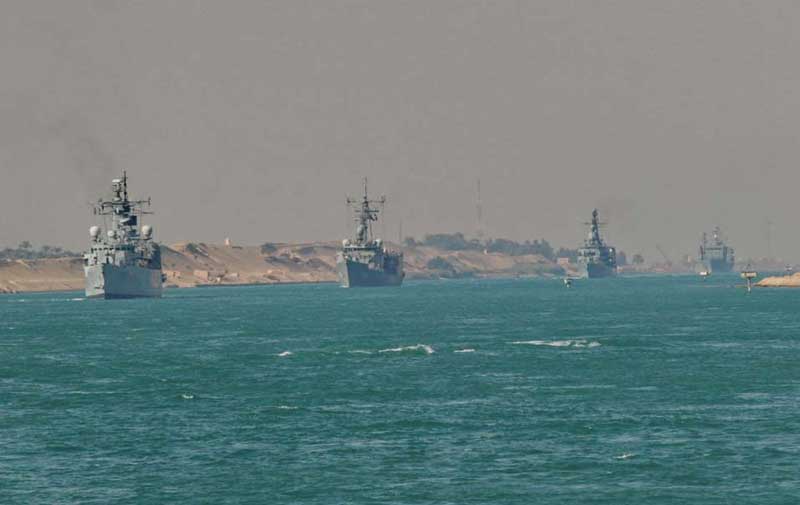The Danish firm Risk Intelligence provides regular assessments and consulting services to support governments and maritime firms in providing for enhanced maritime security. In their regular subscription publication Strategic Insights, the firm provides assessments of maritime security challenges and approaches to dealing with those challenges. The CEO of the firm, Hans Tino Hansen, will be shaping a regular contribution to our website and providing assistance to our readers in understanding the challenges of maritime security in a globalized world.
In this month’s contribution entitled “The Suez Canal: Strategic & Operational Security Realities- Past, Present, & Future“, Rupert Herbert-Burns, a senior analyst with the firm, provides an assessment of the challenges of securing the Suez Canal in the evolving maritime security environment.

As Herbert-Burns argues:
The Suez canal itself is vulnerable to blockage either via the deliberate foundering of a transiting vessel, mining of the approaches and entrances to the canal at Port Said and the SCCT or at Port Tawfiq, or via the destruction (felling) of one of the canal’s very conspicuous overhead crossings.
Vessels themselves are vulnerable to attack by VBIEDs at the waiting anchorages off Adabiya and the Port Said Roads, and in the convoy waiting area in the Great Bitter Lake. It must be stressed that whilst this means of attack has shown to be highly effective against anchored or very slow moving vessels (including warships), there is currently no elevated identified threat to vessels in these areas at this time by this means….
There has been some recent, unsubstantiated postulating that Iran has initiated a project during the last several years to develop a presence in the Canal Zone, through the acquisition of proximate real estate in order the monitor the canal and transiting vessels. During the very brittle relations between Iran and the US during the Bush administration, it was suggested that Iran (with possible assistance from Hezbollah) was engaged in this project in order to create a long-range ability to interrupt the U.S. logistic chain supply the Persian Gulf in the event of hostility between the two countries. As mentioned above, there is no evidence for this; however, the allegation once again highlights the clear value of the canal as a geopolitical feature and as a potential strategic-level target in time of conflict.
———-
***Posted November 9th, 2009


